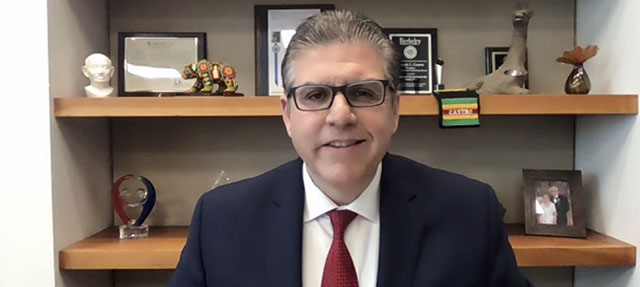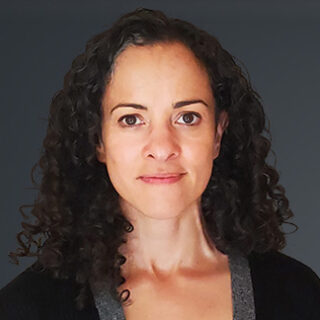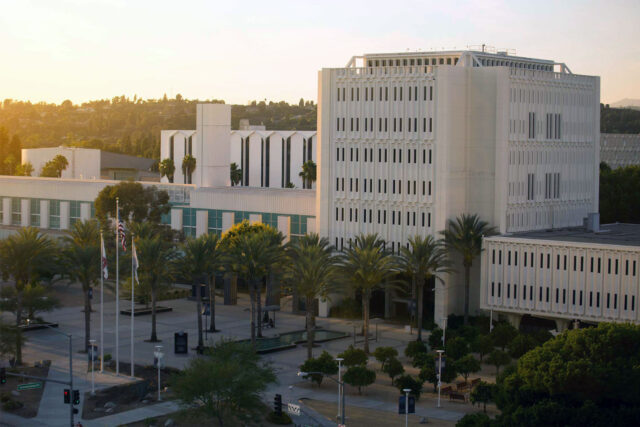In the early months of his tenure as chancellor of the California State University, Joseph I. Castro is focusing on five priorities. In a conversation with Mark Baldassare, president and CEO of PPIC, Castro detailed these priorities, which include safely repopulating campuses this fall and leveraging technology to enhance teaching and learning.
One key to reopening campuses is making vaccinations available to CSU communities, and about half of campuses have or will have vaccination centers. To address lingering concerns around health, however, CSU will offer students more options through hybrid and online courses. Faculty have also shown an appetite for professional development in this area. “My job as chancellor is to support our presidents and to find those resources to support our students, faculty, and staff as they make that transition. It’s going to be different in the workplace; we need to navigate that carefully.”
To reduce stress among the CSU community, Castro recently announced no tuition increase for fall, no furloughs if the governor’s budget and federal funding come through, and no layoffs due to budget cuts.
The pandemic introduced new stressors but educational priorities continue to take center stage, and for Castro that means maintaining progress on Graduation Initiative 2025. “I want to meet those bold 2025 goals. And also accelerate the elimination of the equity gaps that exist—those between underrepresented students and other students, and Pell Grant students and other students.”
Castro is also keen to build a more diverse faculty that reflects CSU communities. “When students are able to be taught by faculty from a background similar to theirs, they do better,” Castro said. “It’s very important for students to know their faculty understand them.”
Recounting the moment he realized the educational ground he must make up at UC Berkeley, Castro acknowledged the unevenness of the education system for children growing up in California today. Inequities continue to exist, and Castro intends to work with K–12 districts on strategies to accommodate more students at CSU and to help them graduate faster.
Castro also hopes to strengthen pathways for community college students to transfer to CSU, highlighting the Associate Degree to Transfer (ADT) as one program that has spurred immense growth in transfer rates.
All of these efforts rely on financial support, especially from the state of California. On this front, the governor and legislature recently revealed good news: they will restore a $299 million cut from the current year budget and included about $145 million in new permanent funding in the January budget proposal. These funds will help with the expenses of reopening campuses in the fall.
Inspiring deeper investment from leaders in Sacramento as well as leaders in Washington DC and philanthropists will be a critical area of focus for the chancellor. “We transform the lives of almost a half million students across California and beyond,” Castro said. “We are the largest, most diverse, and I would say most consequential university in the country. The return on investment is very high.”



